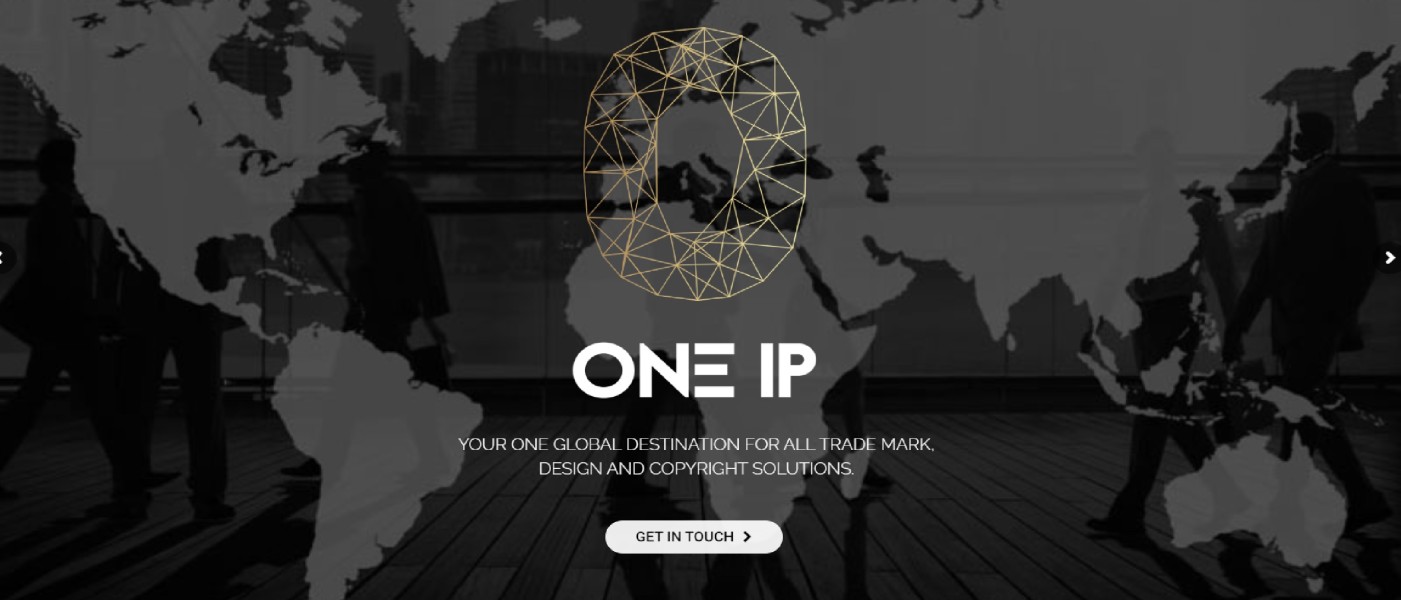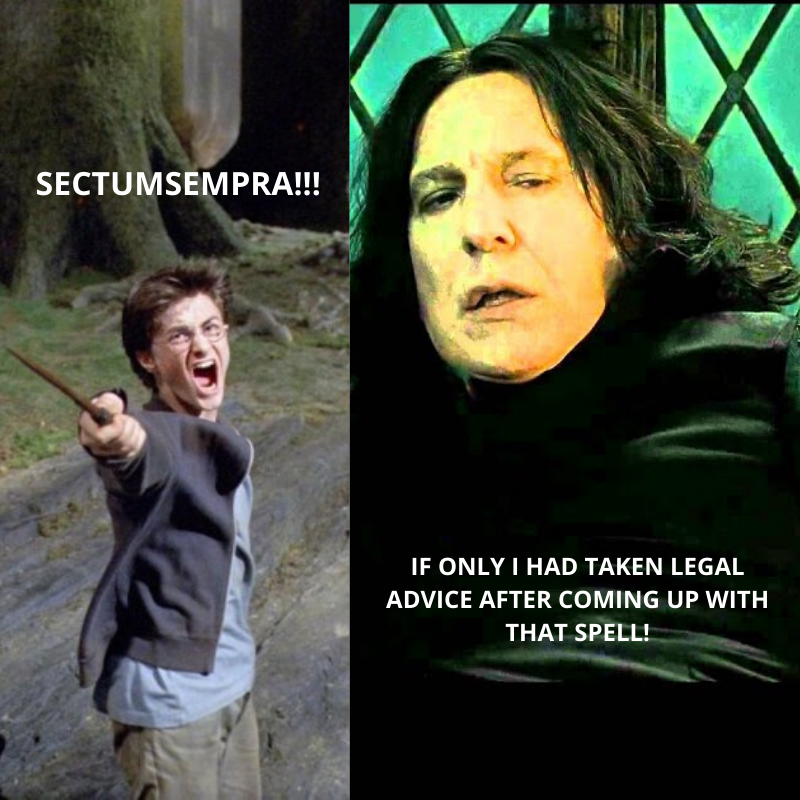COME TO AUSTRALIA! DOING BUSINESS DOWN UNDER
Olaf Kretzschmar/ Steven Chow
With diminishing growth in most Western countries, many businesses are seeking to expand to other regions to capitalise on growth elsewhere. Amongst many countries, Australia counts as one of the favourite destinations. Despite having a developed economy, Australia continues to experience strong growth. In 2016, Australia entered into its 26th year of uninterrupted annual economic growth. This record is unmatched by any other developed country. So, one could still call it the “Lucky Country”.
Underpinning Australia’s strong economy is its open and transparent trade and investment environment, business-friendly regulatory approach and its trade and economic links with emerging economies, particularly in Asia. With a robust financial market and legal system, Australia plays a key role in the Asia-Pacific region.
Despite attractive business prospects, venturing into unfamiliar territory may still seem overwhelming at first. So, what should you consider when your business hits Australian ground?
Initial Registrations
Companies that are registered outside Australia must register with the Australian Securities & Investments Commission (ASIC) to carry on business in Australia. Your company name must not be identical to another company or business in Australia. Alternatively, you may choose to register a new Australian company to carry on business in Australia.
Along with your company registration with ASIC, you may also register for an Australian Business Number (ABN) and a business name.
It is important to note, however, that company registration and business name registration are separate from trade mark registration. Even though your company name may be available on the ASIC register, it may nevertheless be similar to an existing trade mark in Australia. As such, using your company name in the course of trade may lead to the trade mark holder bringing an action for trade mark infringement against you.
As a result of that, many foreign businesses are forced to adopt a different name in Australia. At the time when Burger King wanted to expand to Australia, it found that the trade mark “Burger King” was already registered by someone else. Because of that, Burger King is branded as “Hungry Jack’s” in Australia.
We therefore highly recommend that you conduct a trade mark search in Australia before deciding on your business name/ company name here.
Business Operations
The laws in Australia might be substantially different from what you are used to from your home country. Australia has particularly strong regulations in place governing consumer relationships. Some aspects of the law you should pay attention to are:
· Terms & Conditions
· Laws against Unfair Competition
· Consumer Protection Laws
· Product Labeling
· Pricing Regulations
· Warranties and Refunds
· Environmental Regulations
· Privacy Laws
· Employment relations
Trade Mark Registration
As mentioned in the first part, a company registration does not confer any IP rights on you. To ensure that you have the exclusive right to use your brand name, logo or slogan, you must register it as a trade mark in Australia. “First come first served!” It is that simple. If you miss out on registration and someone else was quicker than you, rebranding would be inevitable.
There are two ways to register your trade mark in Australia. Firstly, you can apply directly to the Australian Trade Mark Office (IP Australia). An application costs $250 per class of goods and services.
Alternatively, you may apply for trade mark protection in Australia through the World Intellectual Property Organisation (WIPO) if you already have a registered trade mark in another country. The basic fee is CHF 653,00 in addition to CHF 263 for each class of goods and services. The advantage of this option is that you can also apply for protection in other countries in the same application. The disadvantage though is, that the entire International registration is void, should the basic trade mark registration in your home country, that the International mark is based on, is canceled or expires for some reason.
Whether or not to file a national application in Australia or to apply through WIPO depends on cost efficiency, the number of countries involved, to name only a few. To work out the right filing strategy for you can safe you money and time.
Design Registration
Whilst trade mark registrations provide for strong protections against unauthorised use of your intellectual property, not everything can be registered as a trade mark. Non-traditional marks such as patterns or shapes often fail because they are not capable of distinguishing the applicant’s goods from other goods. To satisfy this threshold, the non-traditional mark often has to be highly distinctive.
As an alternative, a registered design protects the overall appearance of the product. Indeed, many businesses choose to register their designs to gain more protection from unauthorised use. To obtain a registered design in Australia, you need to file an application with IP Australia. Each design costs $250.
Patents
Patent rights are imperative for all companies to protect their inventions from being stolen. If you already have a patent from an overseas country, you may apply for patent rights in Australia under the Patent Cooperation Treaty (PCT). The filing fee is CHF 1330, in addition to a transmittal fee of AUD $200 and a national phase entry fee of AUD $370.
Alternatively, you may apply for a standard patent in Australia, which lasts up to 20 years. It costs $370 in filing fee and $490 for examination. Prior to filing for a standard patent, many choose to apply for a provisional patent, which gives you an early priority date when your application for a standard patent is successful.
For inventions with a shorter shelf life, you may choose to apply for an innovation patent instead, which lasts for up to 8 years. Compared with a standard patent, the process is quicker and less costly. The application fee is $180, whilst examination costs $500.
Licensing IP Rights
For some smaller businesses, they might not have sufficient resources to capitalise on their IP rights themselves in an Overseas market. In these situations, many businesses may choose to license their IP rights to a third-party, and profit from the licensing fee instead.
Care should be taken in drafting these licensing agreements. It is often wise to retain a certain level of control over the use of your IP rights.
Should you decide to expand your business to Australia, you should take care to secure your IP rights, as soon as your expansion plan is serious and you are certain to expand the business to Down Under. Rights to exclude others from using your trade mark, designs and inventions are crucial to the success of your business. Put it simply, if you do not ensure to be the owner of exclusive IP rights, competition does and you are on the back foot.
For more information visit www.one-ip.com.au or come and see us in person, so you can make informed decisions.
ONE IP INTERNATIONAL PTY LTD
Level 32, 200 George Street
SYDNEY NSW 2000
AUSTRALIA
CALL
IN AUSTRALIA 1300 IP SAFE (1300 477 233)
FROM ABROAD +61 2 8277 4114
office@one-ip.com.au













